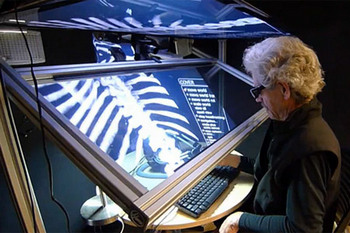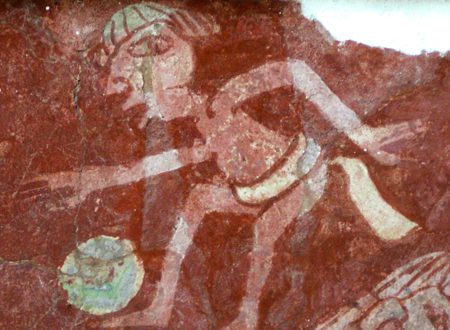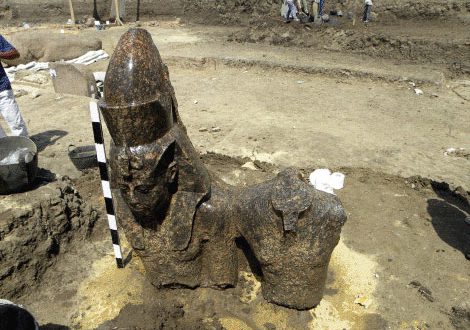 The links between the Stonehenge area and the Mediterranean have been debated for years.
The links between the Stonehenge area and the Mediterranean have been debated for years.
Recent research suggest that some of the people buried in the area duringthe Bronze Age were not local. Rather, they came from both the snow of the Alps and the heat of the Mediterranean to visit Stonehenge.
The analysis of the teeth from two males provides new evidence that one dubbed the Boy with the Amber necklace had come from the Mediterranean area, whilst it confirms the Amesbury Archer had come from the Alps.
The Amesbury Archer was discovered around five kilometres from Stonehenge. His is the richest Copper Age (2450 2300 BC) grave found in Britain and it contained some of Britains earliest gold and copper objects a pair of gold hair clasps and three copper daggers.
The Boy with the Amber necklace, whose grave was found on Boscombe Down, about 3 kilometres south-east of Stonehenge, is from a more recent time the end of the Early Bronze Age. His skeleton has been radiocarbon dated to around 1550 BC. The teenager, aged 14 or 15 years when he died, was buried wearing a necklace of around 90 amber beads.
 “The amber may have been brought to Wessex from the Baltic, perhaps Denmark, as lumps of raw material before being turned into the tiny beads,” writes Wessex Archaeology.
“The amber may have been brought to Wessex from the Baltic, perhaps Denmark, as lumps of raw material before being turned into the tiny beads,” writes Wessex Archaeology.
Isotope analysis of tooth enamel from both these people shows that the two individuals provide a contrast in origin, which highlights the diversity of people who came to Stonehenge from across Europe, said Professor Jane Evans, Head of Archaeological Science at the British Geological Survey (BGS).
Strontium isotopes in teeth provide information on the geological setting of a persons childhood and the oxygen isotopes tell us about the climate in which they were raised (explained in this video of ‘CSIViking Dorset’). The combined techniques provide a tool to compare the information about childhood origin preserved in their teeth, with reference data for the place in which they are found.
A match between the tooth and reference data supports a local origin whereas a mismatch shows their burial area was not the same as their childhood location. The data can then be used to point to likely regions in which they were raised.
The isotope composition of the Amesbury Archers teeth shows that he was raised in a colder climate than that found in Britain.
The combination of his strontium and oxygen isotope composition suggest that the most likely childhood origin for this person was in the Alpine foothills region of Germany.
In contrast, the Boy with the Amber necklace likely spent his childhood in a warm climate typical of Iberia or the Mediterranean.
Such warm oxygen values are theoretically possible in the British Isles but are only found on the extreme west coast of SW England, western Ireland and the Outer Hebrides, said Professor Evans. These areas can be excluded as likely childhood origins of his on the basis of the strontium isotope composition of his teeth.
Other people who had visited Stonehenge from afar include individuals from a collective Bronze Age grave, theBoscombe Bowmen and a man buried beside the Amesbury Archer – called the Archers Companion.





